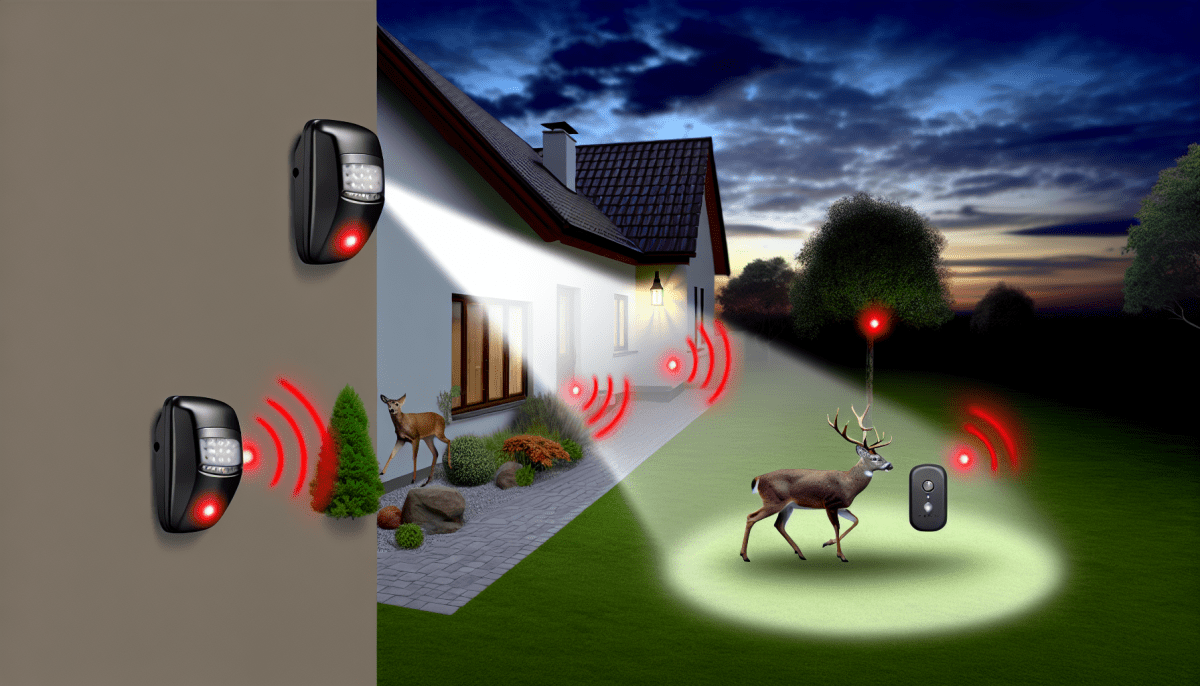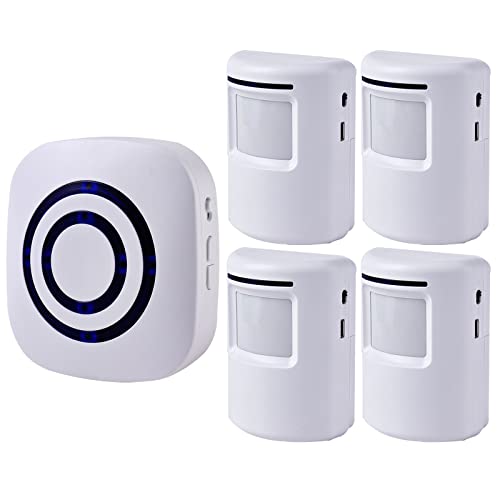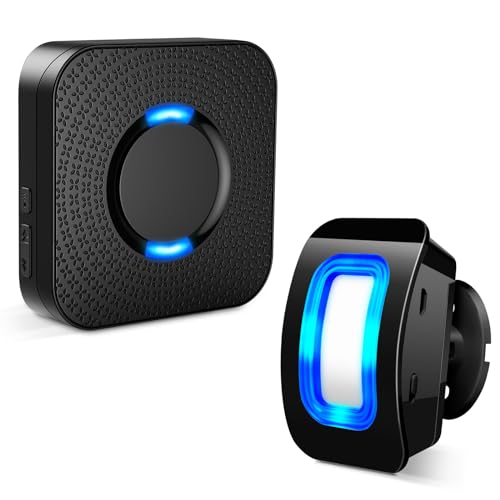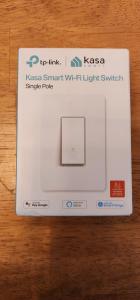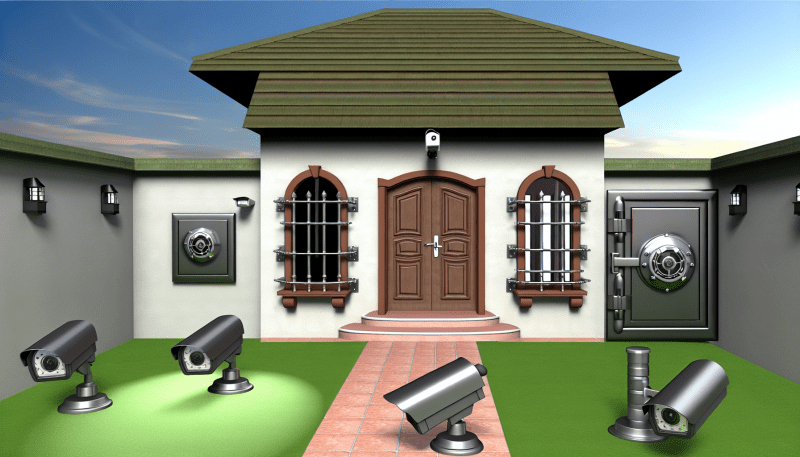In the world of home security, wireless outdoor motion detectors play a crucial role in keeping your property safe from potential intruders. Understanding how this technology works can help you make the most out of your security system.
Wireless outdoor motion detectors are designed to sense movement in the surrounding area and trigger an alarm or notification. They use passive infrared technology to detect changes in heat patterns, which indicates the presence of a person or animal. When motion is detected, the sensor sends a signal to the control panel, which then activates the alarm or sends an alert to your smartphone or security monitoring service.
One of the main advantages of wireless outdoor motion detectors is their versatility and ease of installation. Unlike wired systems, which require drilling holes and running cables, wireless detectors can be placed virtually anywhere within range of the control panel. This makes them ideal for outdoor use, as they can be easily mounted on walls, fences, or tree branches without the need for additional wiring.
To maximize the effectiveness of your wireless outdoor motion detector, it's important to consider factors such as the placement of the sensor, the range of detection, and potential sources of interference. By taking these factors into account and understanding how the technology works, you can ensure that your home security system is functioning at its best to protect your property.
- Installation Tips for Outdoor Motion Detectors
When it comes to setting up your wireless outdoor motion detector, there are a few important tips to keep in mind to ensure proper functionality and maximum security for your property.
Firstly, it is crucial to select the optimal location for your motion detector. This means choosing a spot that provides a wide range of coverage while also being high enough to prevent tampering. Make sure the detector is pointed towards areas where potential intruders might approach, such as entryways or windows.
Additionally, be mindful of any potential obstructions that could block the detector's view, such as trees or bushes. It is important to test the range and sensitivity of your wireless outdoor motion detector before permanently installing it to ensure that it accurately detects motion and triggers the alarm as desired.
Lastly, make sure to regularly maintain and clean your motion detector to prevent any dirt or debris from obstructing its sensors. This will help to ensure consistent performance and reliability over time. By following these simple installation tips, you can master the use of your wireless outdoor motion detector and enhance the security of your property.
- Troubleshooting Common Issues with Motion Detectors
So you’ve invested in a wireless outdoor motion detector to enhance the security of your property, but now you’re experiencing some issues with its functionality. Don’t worry, we’ve got you covered! Here are some common problems you may encounter with your motion detector and how to troubleshoot them.
One common issue that many users face is false alarms triggered by animals or other moving objects. To avoid this, make sure your wireless outdoor motion detector is placed at the right height and angle to avoid picking up unnecessary motion. Adjusting the sensitivity settings can also help to minimize false alerts and ensure that you only receive notifications for actual threats.
Another common problem is poor battery life in your wireless outdoor motion detector. If you find that your batteries are running out quickly, try replacing them with high-quality, long-lasting batteries. Make sure that the motion detector is not being triggered too frequently, as this can drain the batteries faster. Additionally, check for any obstructions around the sensor that may be causing it to work harder than necessary.
If your motion detector is not detecting any motion at all, there may be an issue with its placement or the sensor’s range. Make sure that the detector is installed in an area with a clear line of sight and that there are no obstacles blocking its view. You may also need to adjust the sensor’s range and sensitivity settings to ensure that it is able to detect motion within the desired area effectively.
- Optimizing Range and Sensitivity of Motion Detectors
When it comes to maximizing the effectiveness of wireless outdoor motion detectors, optimizing their range and sensitivity is key. By fine-tuning these settings, you can ensure that your motion detector is detecting motion accurately and efficiently. Here are some tips to help you get the most out of your wireless outdoor motion detector.
Firstly, when adjusting the range of your wireless outdoor motion detector, it's important to strike a balance between coverage and false alarms. If the range is too short, you may miss important motion events. On the other hand, if the range is too long, you may end up with false alarms triggered by distant movements. Experiment with different settings to find the sweet spot that works best for your specific outdoor environment.
Secondly, adjusting the sensitivity of your wireless outdoor motion detector can help reduce false alarms and ensure that it picks up on all relevant motion events. High sensitivity settings may be necessary in areas with a lot of activity, while lower sensitivity settings are more appropriate for quieter environments. Take the time to test different sensitivity levels to determine the optimal setting for your needs.
Lastly, it's important to regularly assess and fine-tune the range and sensitivity settings of your wireless outdoor motion detector. Factors such as weather changes, vegetation growth, and nearby obstructions can all impact the performance of your motion detector. By staying proactive and making adjustments as needed, you can ensure that your wireless outdoor motion detector is always operating at its best.
